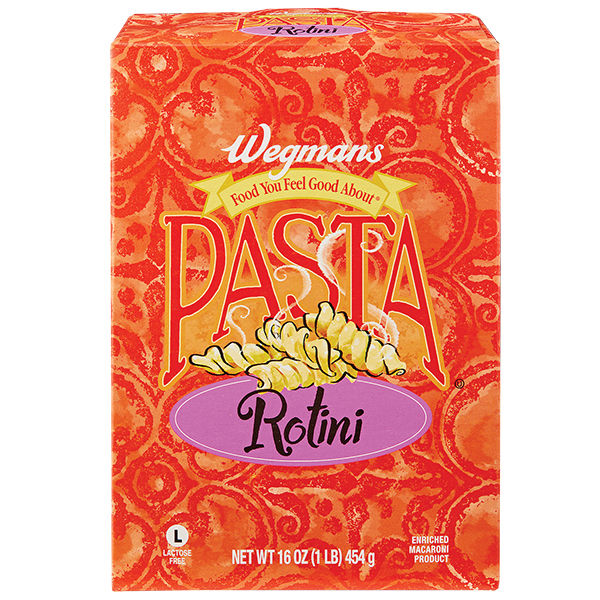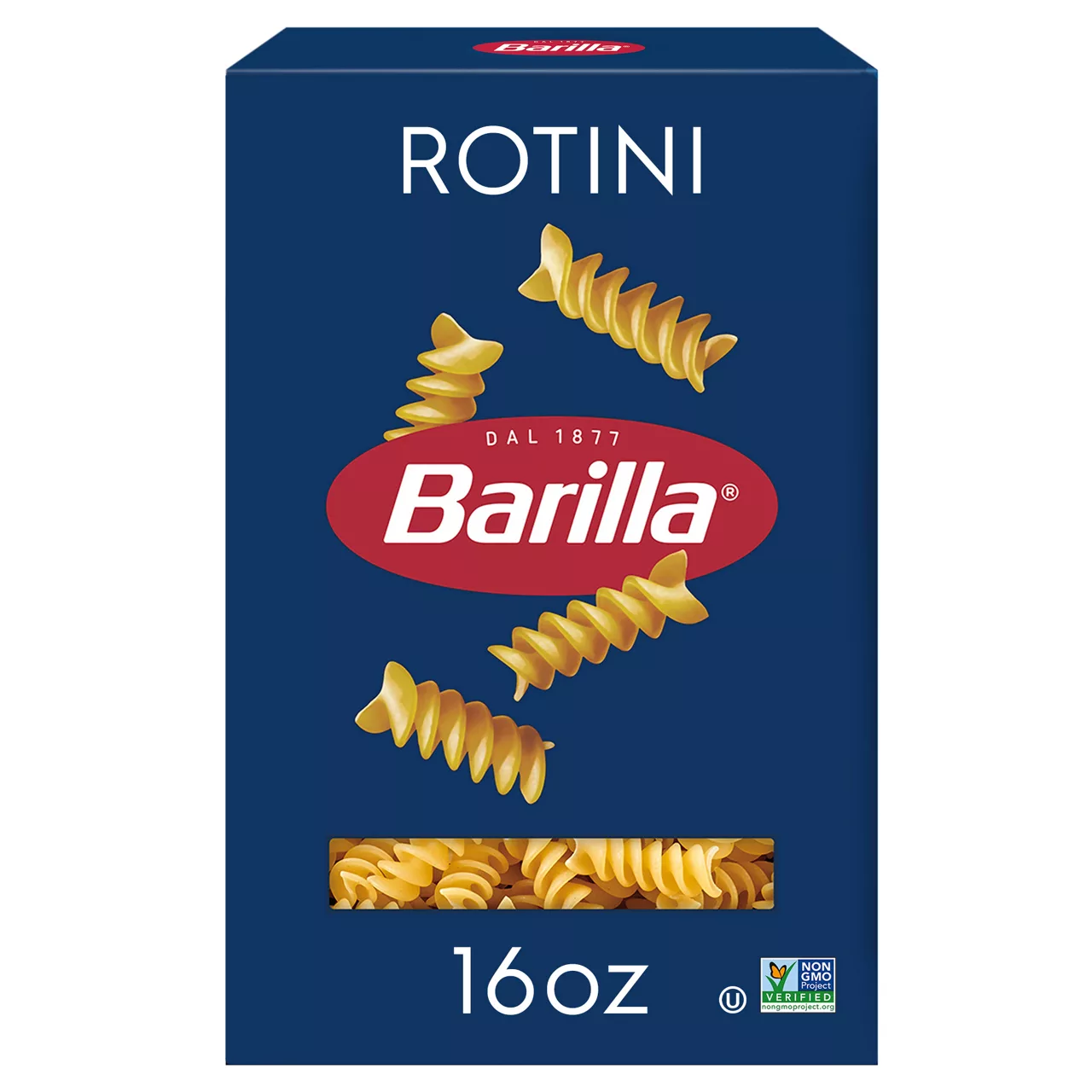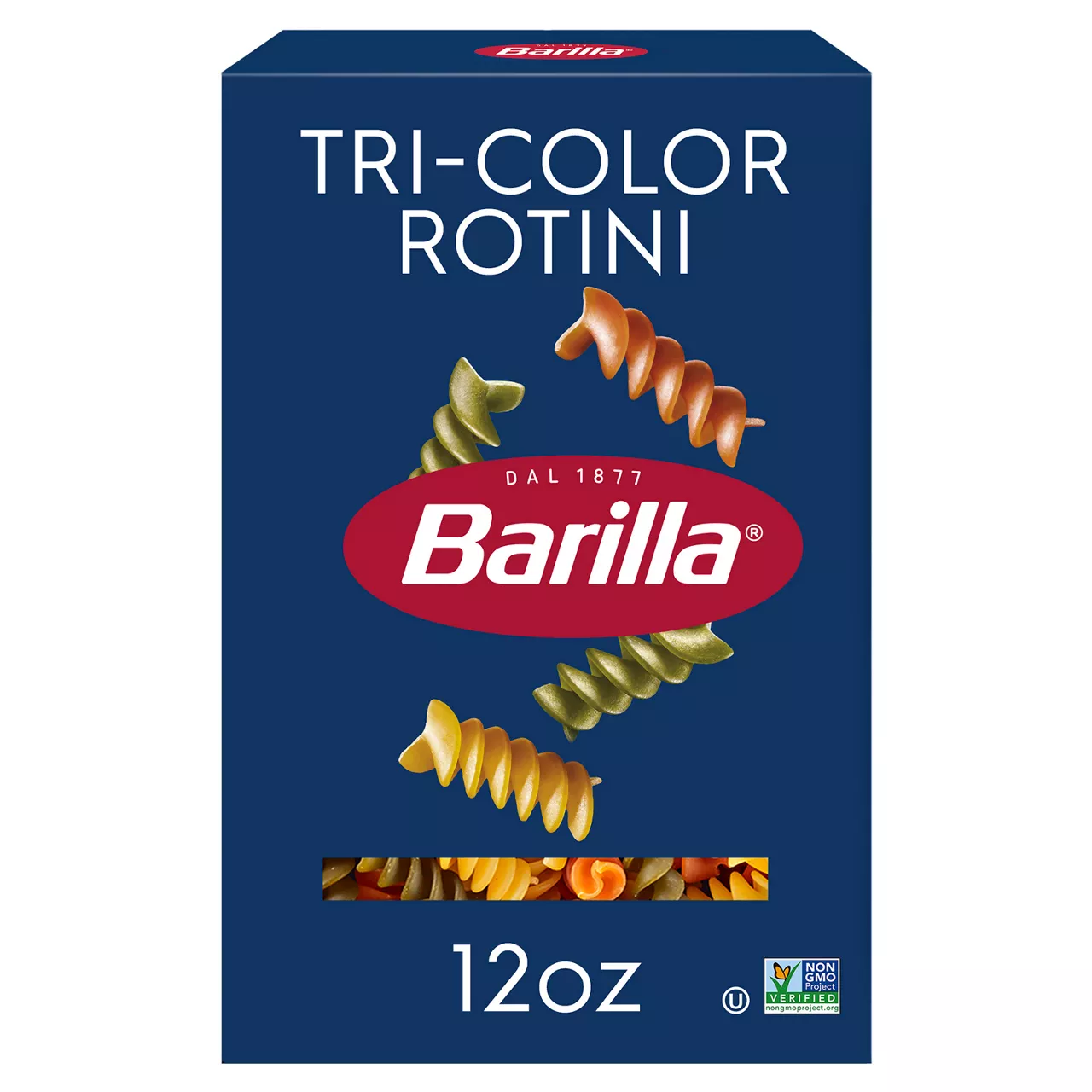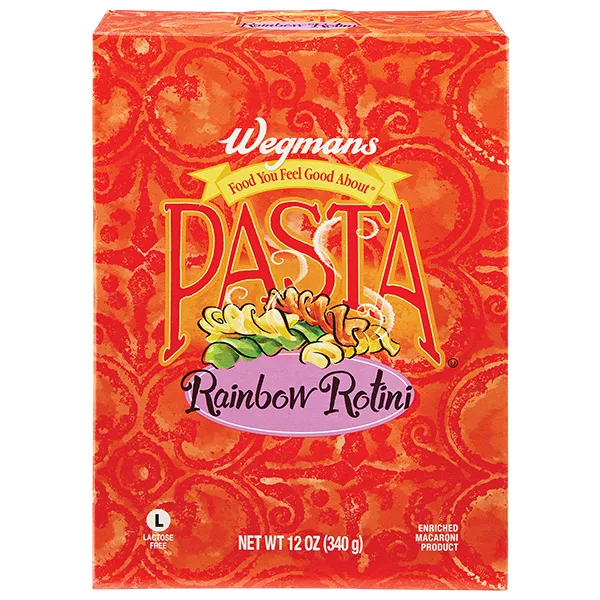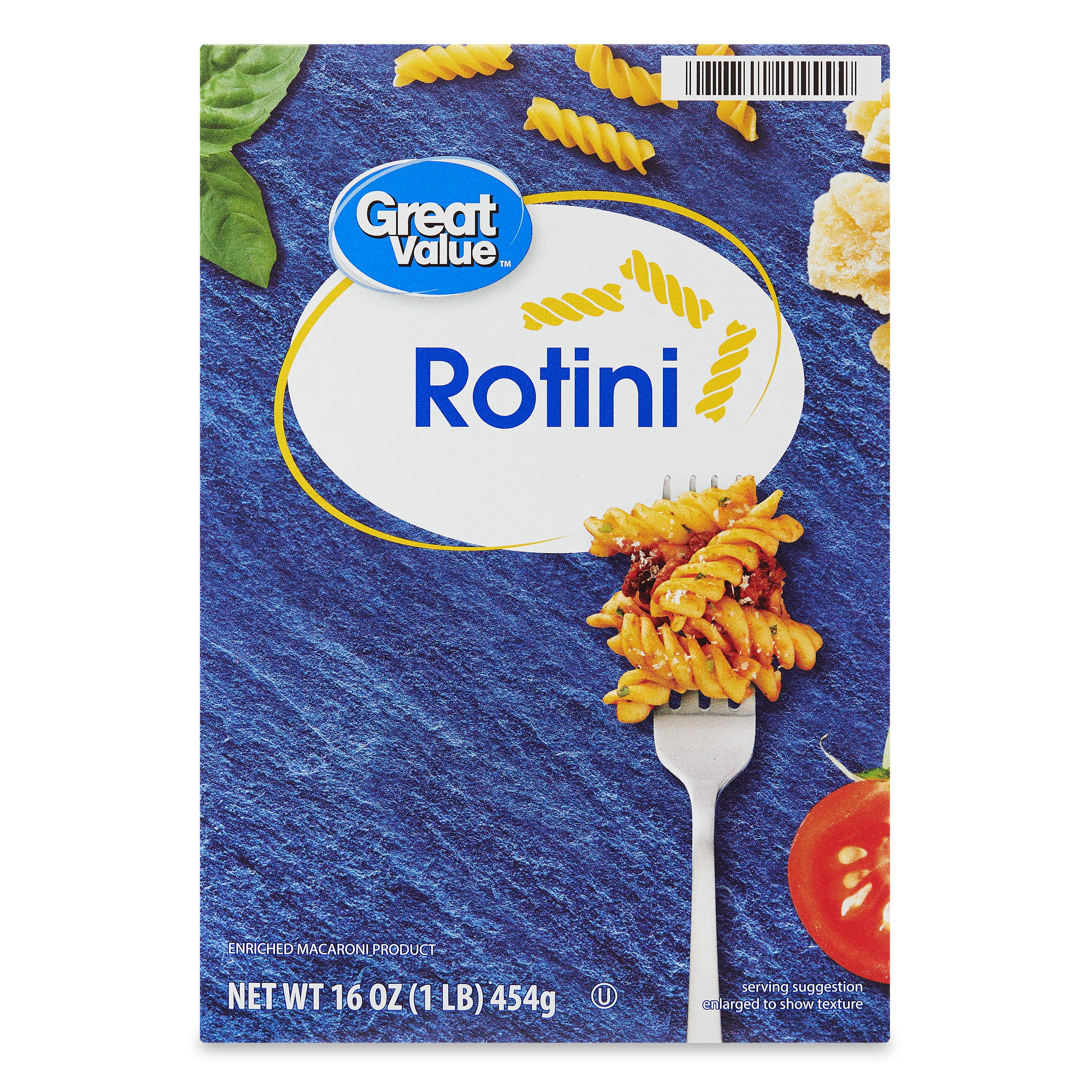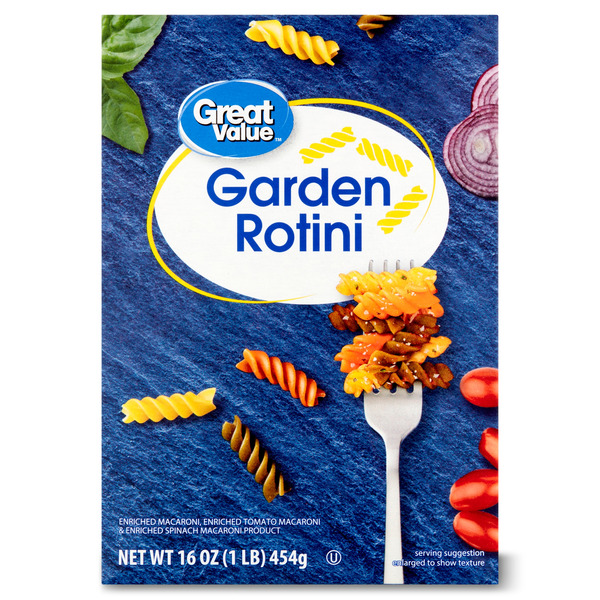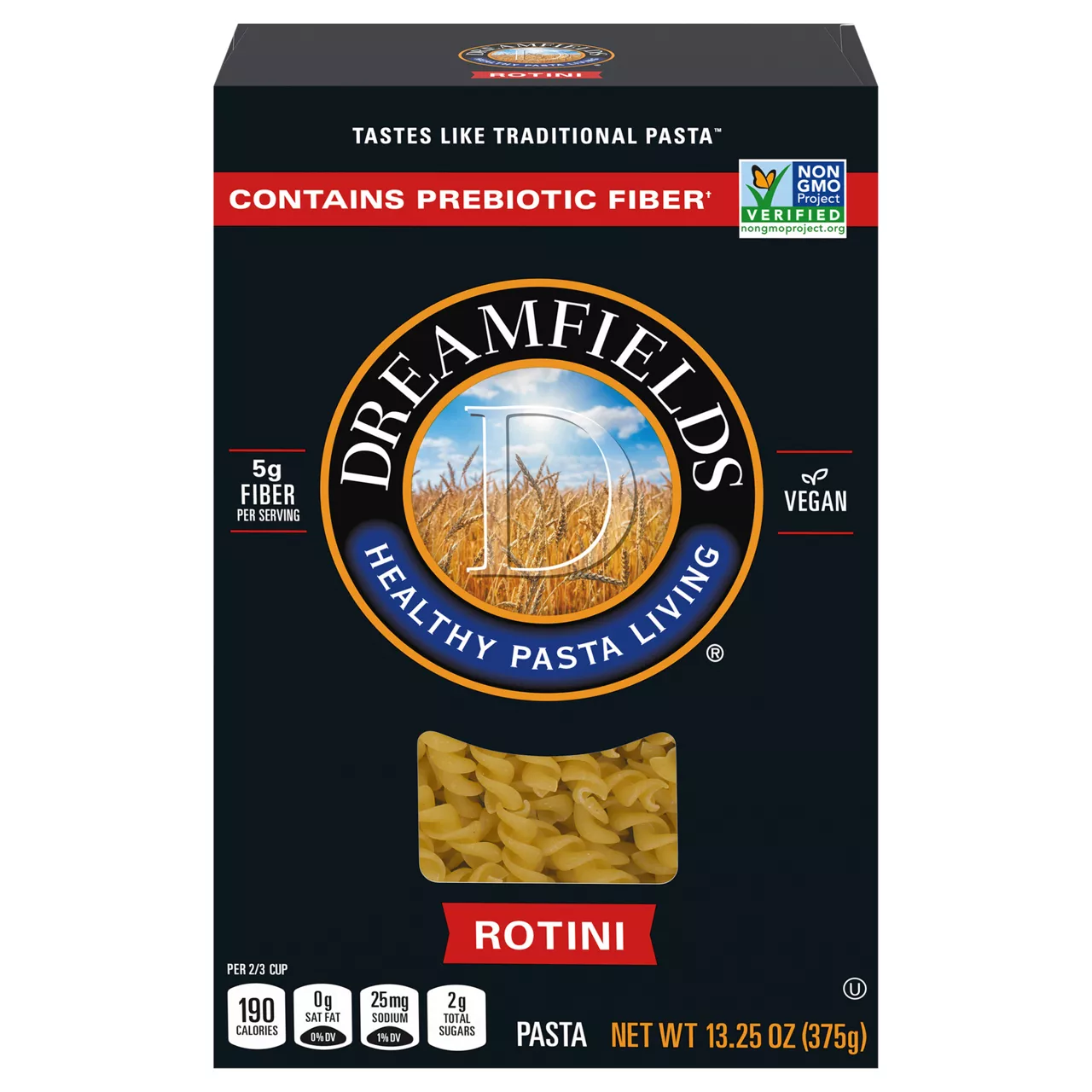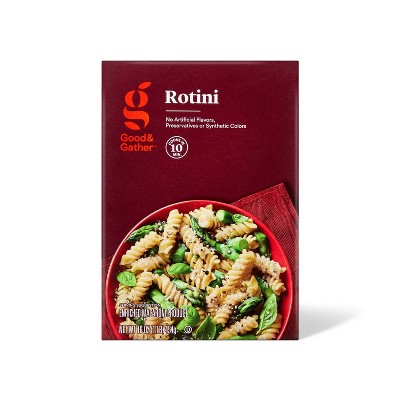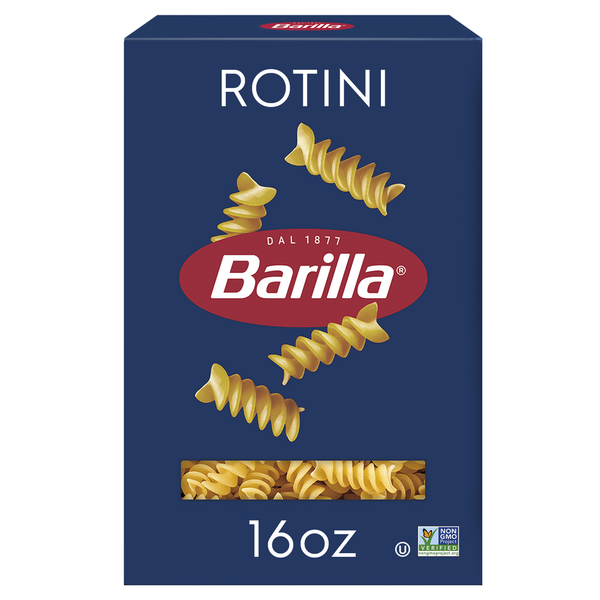MAIN DISHES
SALADS
SOUPS
Rotini
Rotini is a popular type of pasta that originated in Italy and is known for its distinctive corkscrew shape. This spiral design allows it to hold sauces and other ingredients more effectively, making it an excellent choice for pasta salads, casseroles, and various other dishes. The name "rotini" is derived from the Italian word "rotelle," which means "small wheels."
This versatile pasta is typically made from durum wheat semolina, which gives it a firm texture and enables it to maintain its shape during cooking. Rotini can be paired with a diverse range of sauces, from creamy Alfredo to chunky marinara, and it can also be used in baked pasta dishes like rotini and cheese.
84%
CARBS
2%
FAT
15%
PROTEIN
1,037 Rotini Products
Wegmans Rotini Pasta
Barilla Rotini Pasta
Barilla Tri-Color Rotini Pasta
Wegmans Rainbow Rotini Pasta
Great Value Rotini
Great Value Enriched Macaroni, Enriched Tomato Macaroni And Enriched Spinach Macaroni Product, Garden Rotini
Dreamfields Rotini
Rotini
Reggano Rotini Pasta
Barilla Rotini - Non-GMO Pasta Made with Durum Wheat Semolina & Kosher Certified
Used In 51 Recipes
4
Creamy Chicken, Bacon and Ranch Bake
6
Velvety Chicken, Broccoli & Cheddar Rotini Pasta
6
Melty Marinara Pepperoni Casserole
2
Stovetop Italian Caprese Pasta
4
Creole-Spiced Chicken Pasta
1
Easy Stovetop Cheeseburger Macaroni
5
Velvety Italian Pasta Delight
1
Creamy Parmesan Chicken Pasta Bake
Rotini Is Frequently Used With
Rotini FAQ
Rotini is a popular type of pasta known for its distinctive spiral design which allows it to capture sauces and ingredients effectively. Most commonly, rotini is made from durum wheat semolina, which gives it a firm texture and the ability to retain its corkscrew shape even when cooked. Despite its seemingly impressive design, many people still run into trouble when cooking rotini, either by overcooking it resulting in a mushy texture, or not using a sufficient amount of water causing the pasta to stick together. To ensure perfect rotini, always use plenty of salted water to cook and don't shy away from stirring it occasionally to prevent clumping. The versatility of rotini lends itself well to various sauces, so don't just stick to one, experiment to find your favorite pairing!
How long should I cook rotini for?
My rotini always ends up mushy, what am I doing wrong?
How much water should I use to cook rotini?
Should I rinse my rotini after draining?
Can I use rotini as a substitute for other pasta types?
Why does my rotini clump together?
Is rotini good for pasta salads?
How do I prevent my rotini from becoming sticky?
Why is my rotini tasteless?
Can I bake with rotini?
Expiration & Storage Tips
When does rotini expire?
Unopened rotini has a shelf-life of approximately one to two years beyond the 'best by' date printed on the packaging. In a cool, dry pantry, it is typically safe to use for several months beyond that date. However, once the package is opened, it's best to consume the pasta within one year for optimal quality and taste. If you've cooked more rotini than you can eat in one go, the leftovers can be stored in the refrigerator for about three to five days.
How do you tell if rotini is bad?
Spoiled rotini is usually easy to spot. If you notice a change in color or scent, or if the pasta has become mouldy, it's time to throw it away. Cooked pasta that has gone bad may become slimy or sticky, and may also develop a foul smell. Furthermore, any pasta that attracts insects or rodents should be discarded immediately.
Tips for storing rotini to extend shelf life
• Store unopened rotini in a cool, dry place. The pantry is perfect, but also a dry basement can do the trick. Make sure the area is not prone to drastic temperature changes.
• Keep opened packages of rotini in airtight containers to keep out moisture and pests. Label these with the date you opened the package.
• Cooked rotini should always be stored in the refrigerator. To further extend its shelf life, keep it in a covered air-tight container or zip-top bag. If you added sauce, store it separately to keep the pasta from becoming mushy.
• If you need to keep cooked rotini for longer, consider freezing it. It can be frozen for up to two months. To defrost it, simply place it in your refrigerator overnight.
EXPIRES WITHIN
19 - 29
MONTHS
Equivalents
Substitutes

Whole Grain Rotini

Fusilli Pasta
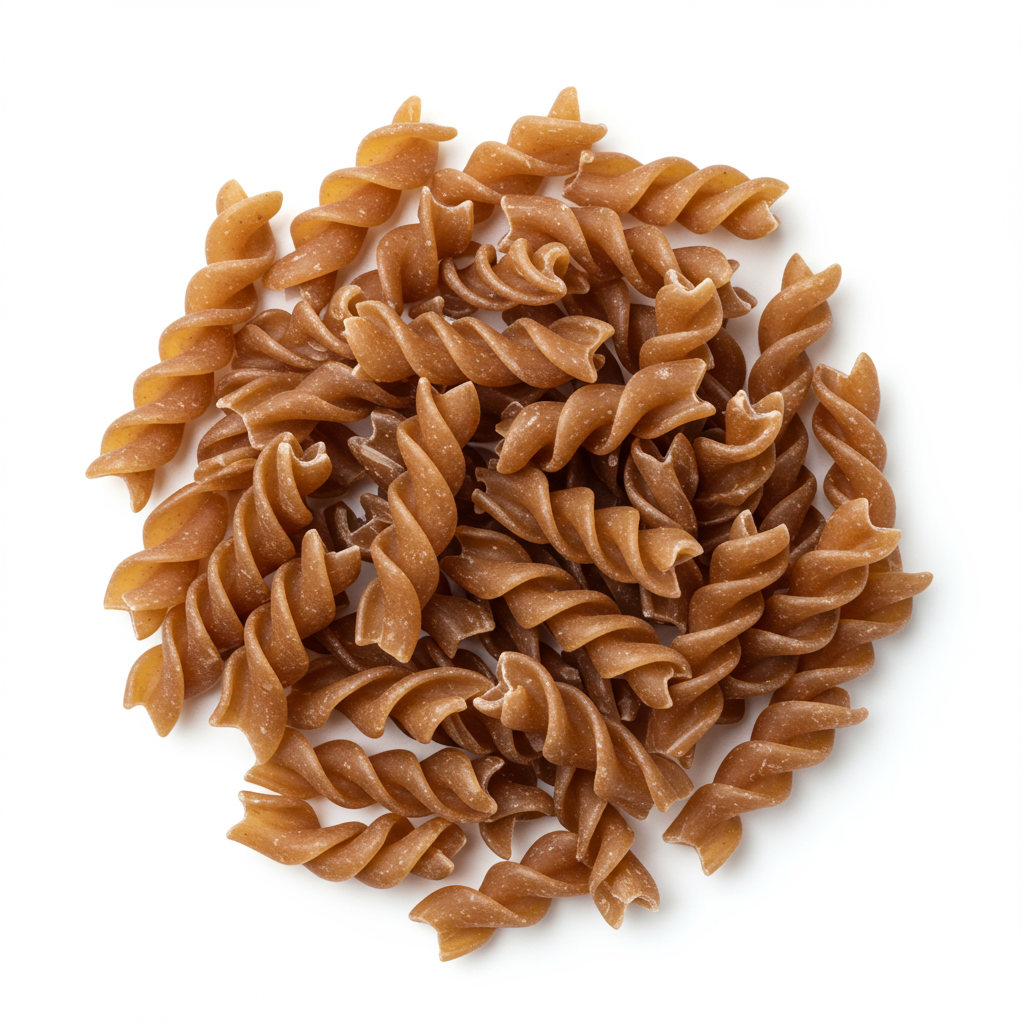
Brown Rice Fusilli Pasta
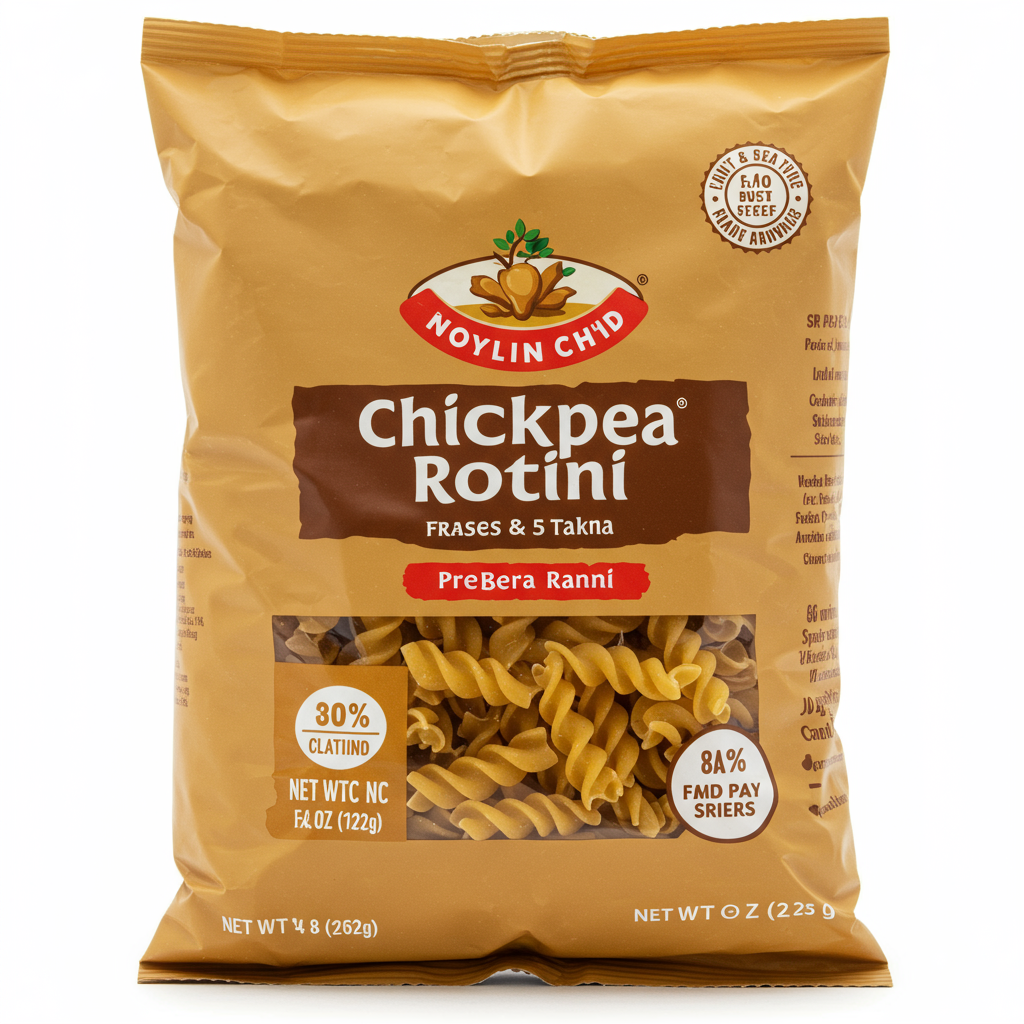
Chickpea Rotini Pasta
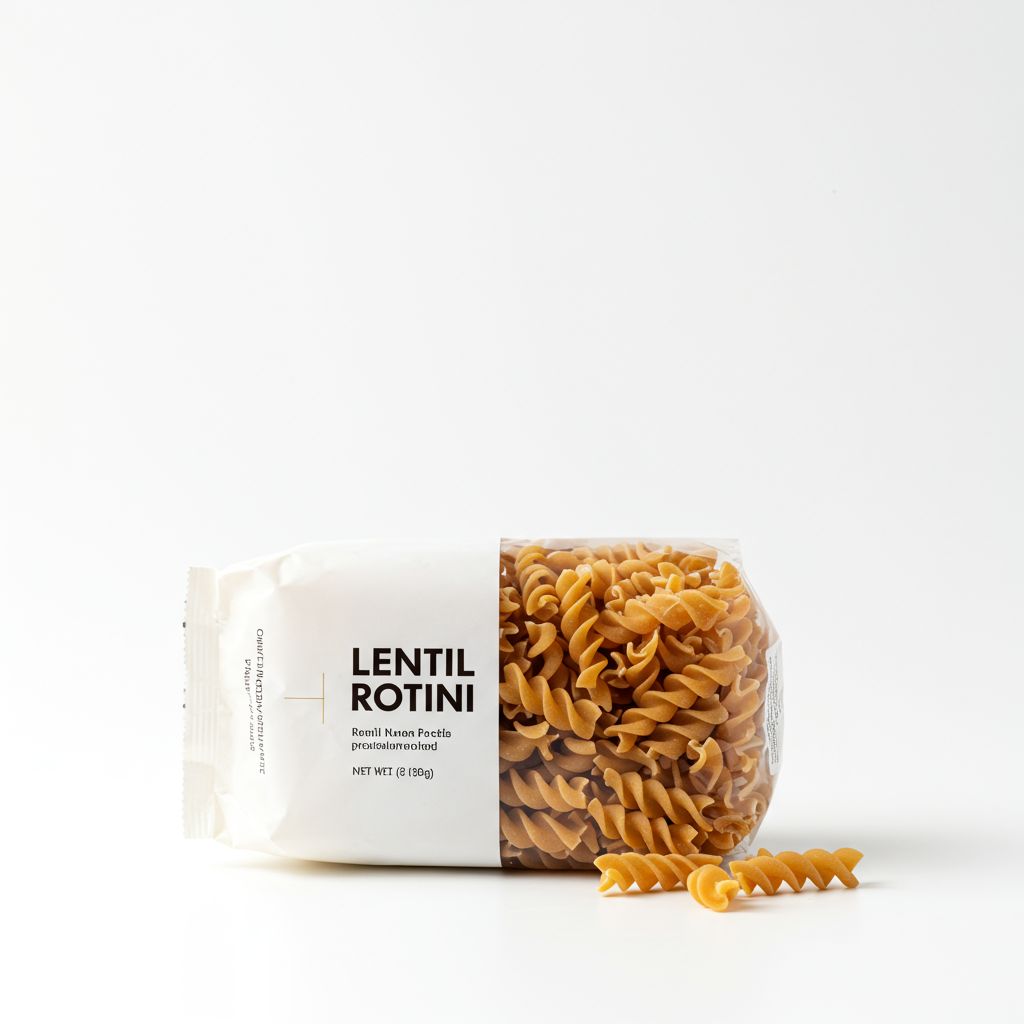
Lentil Rotini

Whole Grain Fusilli Pasta

Brown Rice & Quinoa Fusilli
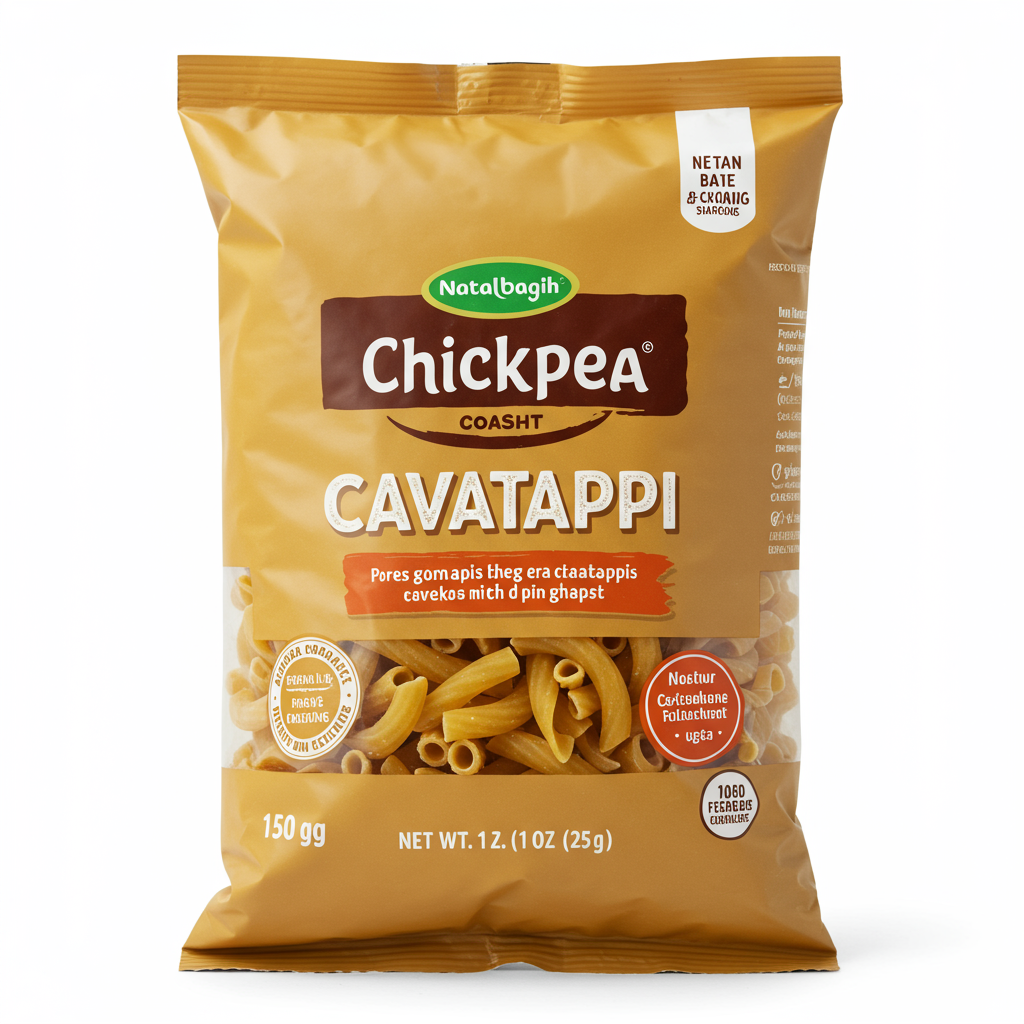
Chickpea Cavatappi Pasta
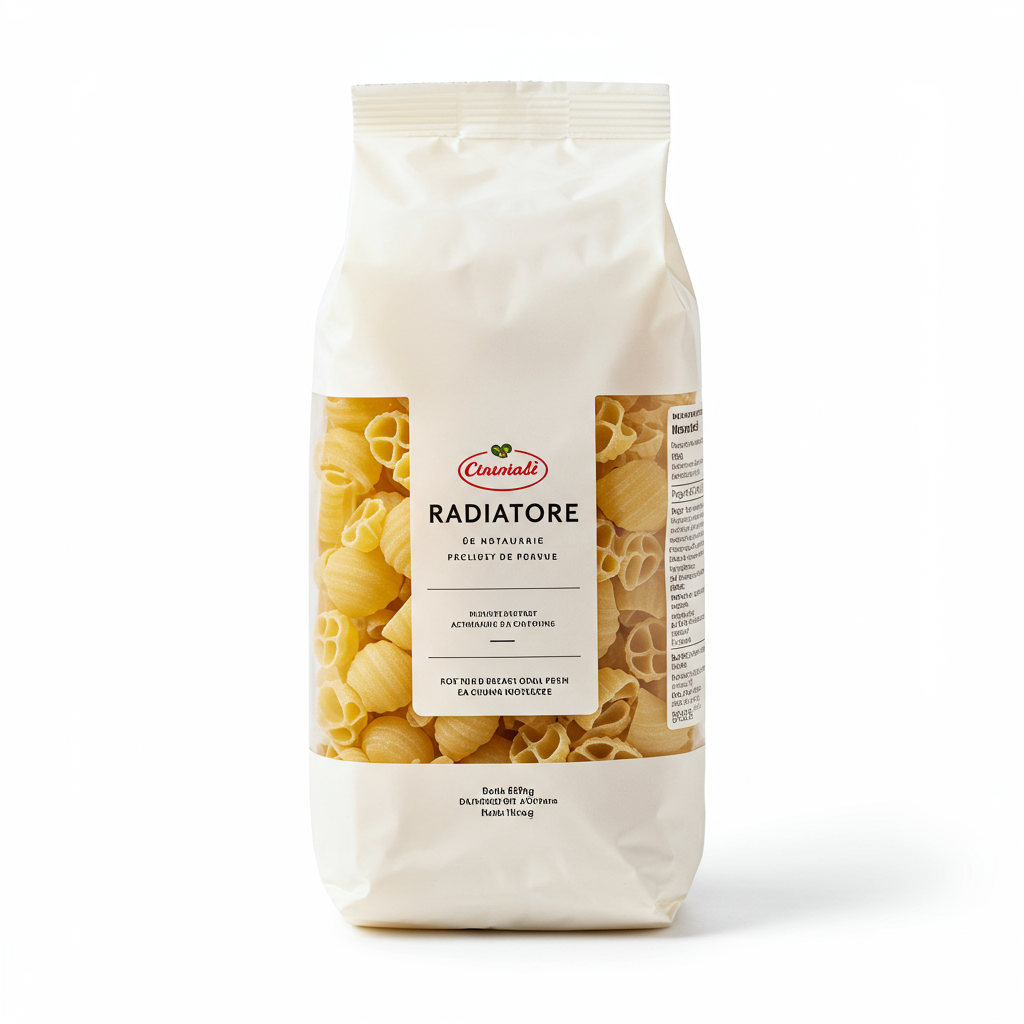
Radiatore Pasta

Riccioli Pasta
See All
Health Info
Macros
104g
CARBS
2g
FAT
18g
PROTEIN
Allowed on these diets
LOW FAT
HIGH CALCIUM
VEGETARIAN
VEGAN
LACTOSE FREE
Contains these allergens
WHEAT

